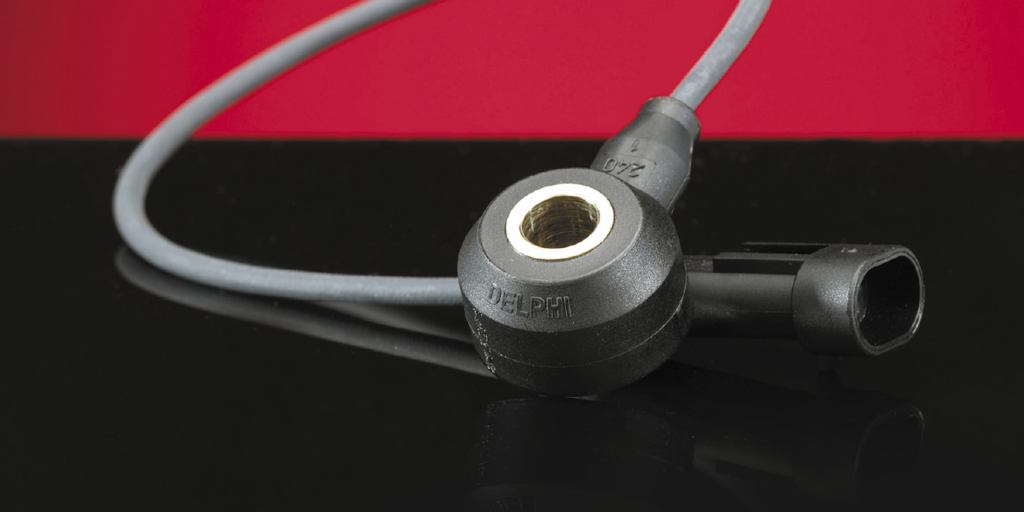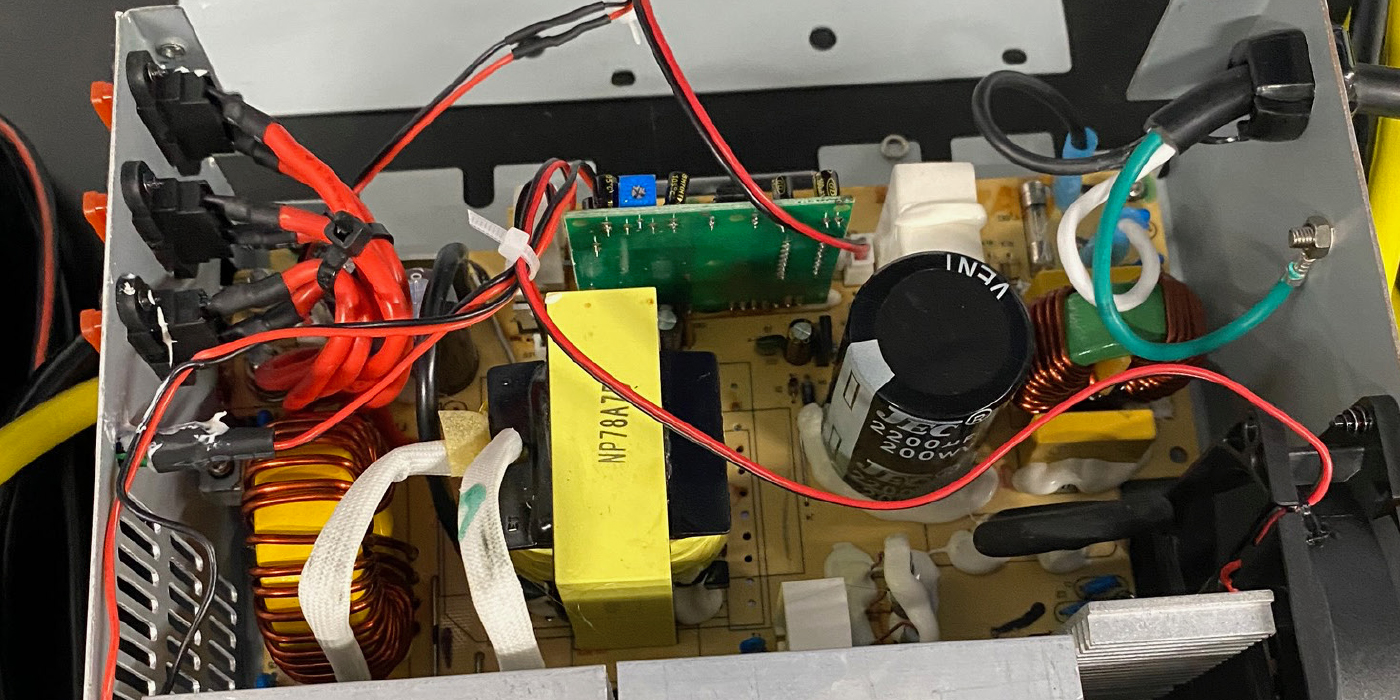While there are many times where you will be able to repair a vehicle’s brakes without a scan tool, you only have to run into one car that needs this to make it worth having. The reality is that if your customer’s vehicle is 10 years old or newer, there’s nearly a 100% chance that you could need a scan tool to perform some sort of test/repair on the brake system.
There are two main options when making a buying decision about scan tools. You can purchase a stand-alone ABS scan tool/tester, or you can choose to purchase a scan tool system that has ABS available standard or as an add-on piece of software. Almost as important as the software itself are OEM vehicle-specific ABS connectors/cables, which allow you to access brake systems via connections other than the standard OBD II connector. This is a must for certain vehicles and systems. It is critical that the scan tool you select can communicate with all modules and types or serial data buses.
One of the most common repairs is the diagnosis of wheel speed sensors. With a full-feature or factory scan tool, it is possible to look at wheel speed sensor outputs. This information can be more accurate than back probing the connector with a scope because you are seeing how the module interprets the data.
The scan tool will allow you to do many services, such as diagnosing and repairing an ABS failure, clear brake-related codes and, in some cases, reset service lights after a standard brake service, such as brake pads.
One of the greatest benefits of a full-feature scan tool is the ability to diagnosis and observe serial data bus information. Most late-model ABS modules share information with PCM and BCM modules on a serial data bus. On these networks are sensors like the steering angle sensor and yaw sensor. If the module or wiring has a short to ground or open, it can take down several modules like the BCM, theft deterrent and even the PCM causing a no start condition.
The most common codes for this type of malfunction are U-codes that indicate a loss of communication.
Full-feature or factory scan tools will allow you to “ping” and observe which modules are active. This can help you to focus your diagnostic tests to find shorts and open circuits.
All 2008 and newer vehicles have a high-speed CAN bus that the ABS and stability control system operates on along with the PCM. Just pulling a code and replacing a component will not work on these vehicles.
Often a shorted module will cause a communication code with another model.
Scan tools can also be used to bleed the ABS system after a hydraulic component has been replaced. This bi-directional control of the modulator can purge air bubbles that can not be purged with conventional bleeding
A new and growing system on vehicles has created the need for a specific piece of electronic equipment. A few years ago, a couple European car manufacturers made electronic parking brakes standard equipment on their vehicles. Since that time, many other manufacturers have followed suit. This has made the Electronic Parking Brake Tool a necessity for working on many European and domestic late-model systems. This tool is even needed for the simple job of replacing brake pads.
The parking brake system uses computer-controlled electronic servo motors to activate the parking brakes. In order to replace the pads on these vehicles, you’ll need this tool. The tool does several things including retracting the pistons, as well as “teaching” the on-board controller that the car has gotten a new set of pads. In addition to facilitating the repair, this tool will also help reduce or eliminate the chance of you doing hundreds or even thousands of dollars of damage to a set of electronic calipers.













